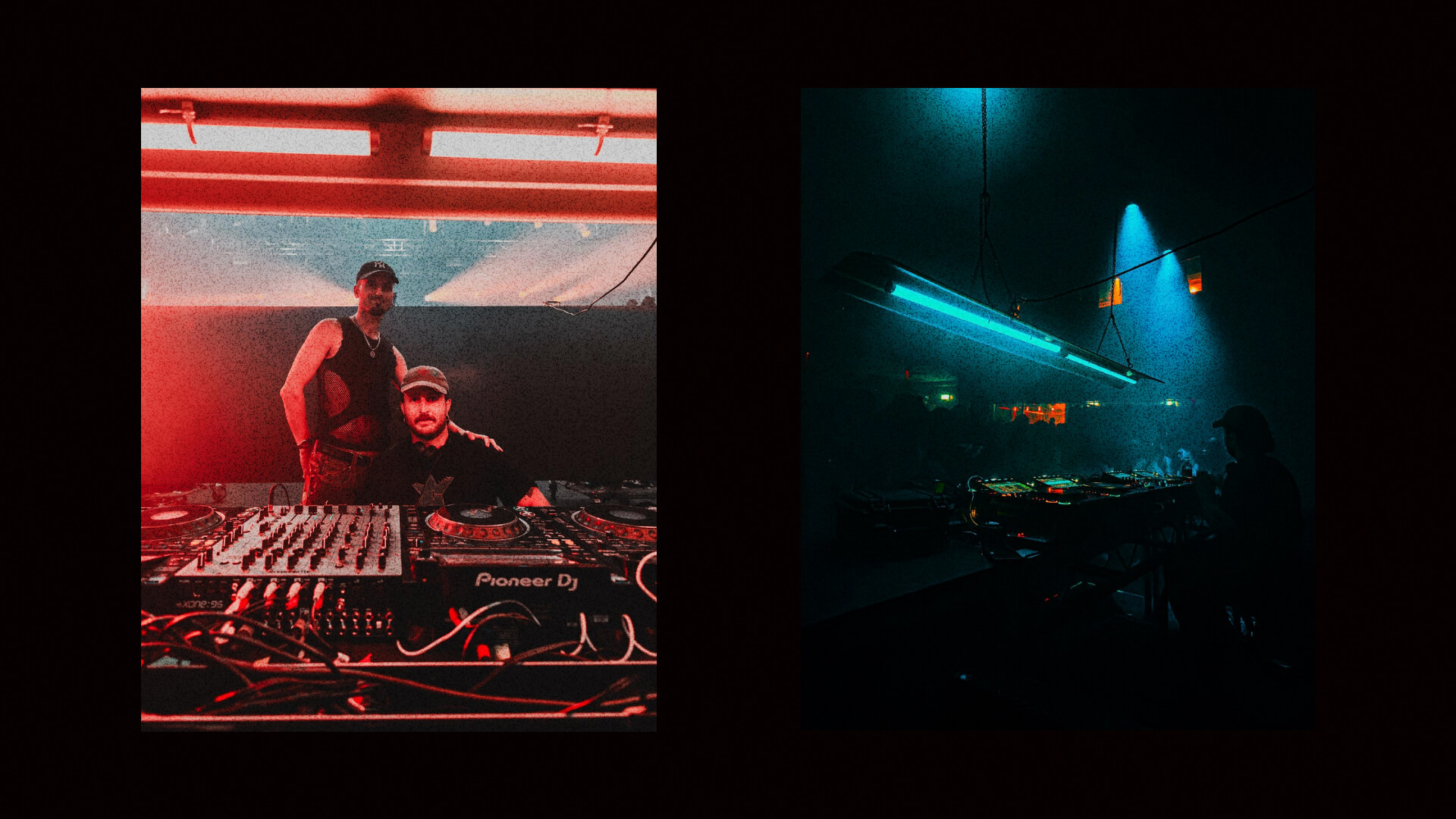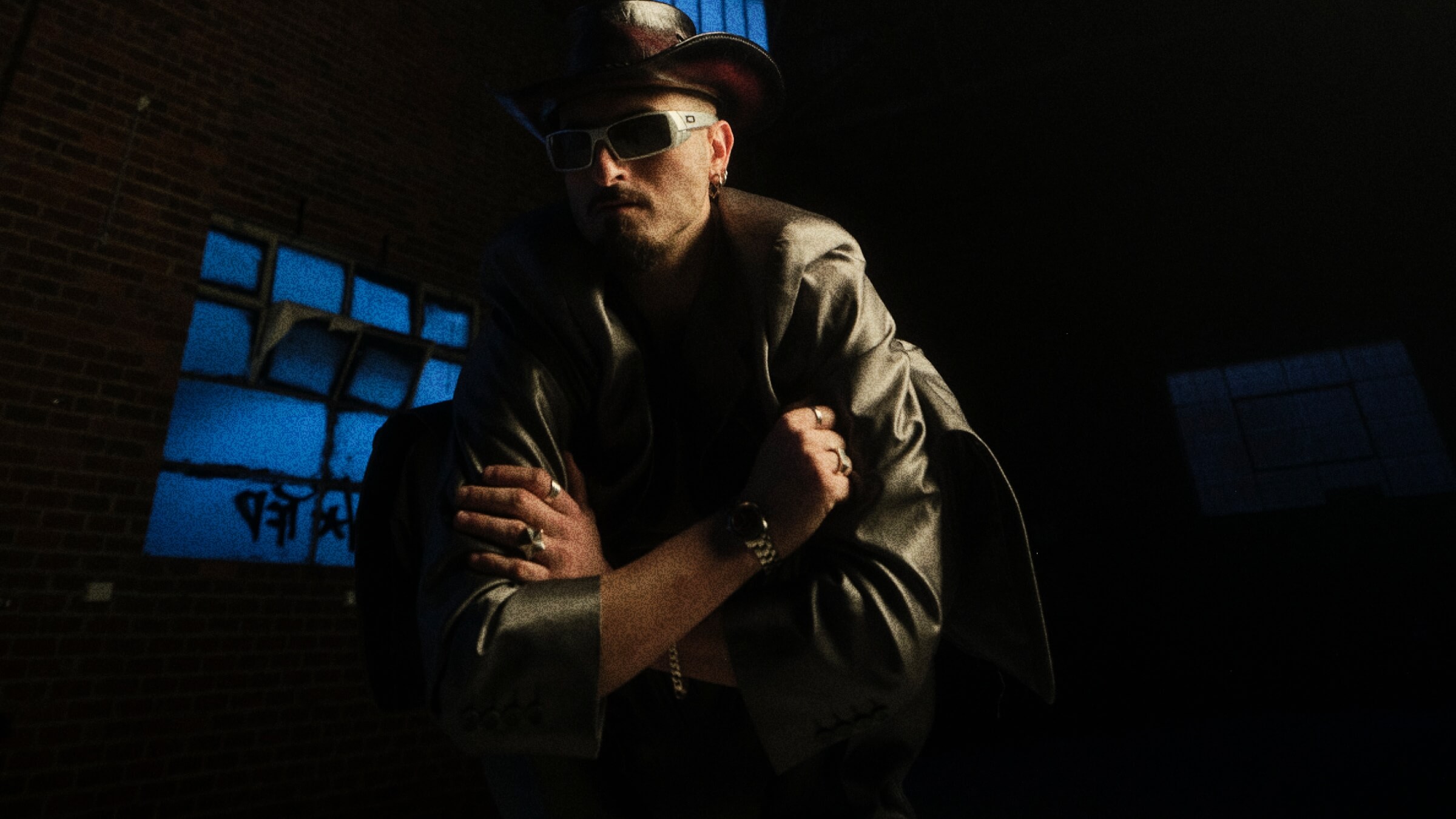Jordan Borg ‘Jordy’ sits at the intersection of logistics and culture. Thirteen years into events and music, he works between Melbourne and Berlin, moving artists, information and timing with the calm of a stage manager and the focus of a label head.
He spent seven years in Berlin studying art and design and learning the mechanics of the underground from the inside: small rooms, hard deadlines, no wiggle room. He threw parties, ran a label that spanned four continents and worked in agencies, including booking and touring duties at Quest. He also organized a night at Panorama Bar — proof he understands rooms where standards are non-negotiable.
Back in Melbourne since 2023, Jordy’s focus is tight: shining a European dance light on outstanding Aussie talent. Managing Hasvat Informant, he handles everything—strategy, releases, routing—and is currently on a European run at the time of writing, with a stop at ADE for a talk/panel exploring an often-overlooked perspective: what it means to be a person with a disability working as an artist within electronic music. While discussions around accessibility in nightlife have largely focused on audiences and partygoers, Jordy’s talk shifts the lens to the creative and logistical realities of disabled artists on tour, covering performance access, mobility, production design, and the systemic changes needed to make touring truly inclusive. It’s a topic with little existing discourse, and one Jordy hopes will spark a broader industry conversation about representation, infrastructure, and the future of equitable touring.

Accessibility as production
Access isn’t a footnote. Working with an artist who uses a wheelchair raises the baseline. For Jordy, access is planned, tested, and published. Before the event is announced, he requests floor plans, photos, or a quick walkthrough; measures step heights and door widths; and maps a step-free route from street to booth/green room—alongside other essential access checks.
This diligence benefits everyone—club-goers, venue staff, DJs, VJs, sound and backstage crews. Access notes live where tickets live—entry route, strobe policy, accessible toilets, seating options—so people don’t have to guess. It isn’t branding or positioning; it’s show control—the operational stuff that makes inclusion real. When access is solved, changeovers tighten, the artist focuses, and audiences trust the room. Win-win-win.
Electronic music has always been a love language disguised as logistics—wires, riders, and run-sheets in service of one simple thing: strangers caring for each other on a floor. Build the conditions and the feeling shows up. That feeling crosses borders faster than any campaign. Inclusion and safety aren’t for the flyer, the website, or the About section; they’re the proof that community, when engineered well, looks and sounds like love.
Frequencies with Jordan Borg
C: Beyond ramps and lifts, which operational details should live on the ticket page so fans don’t have to guess, and everyone feels included?
J: True accessibility begins with transparency.
Beyond simply stating that a venue is “accessible,” ticket pages should provide clear and specific information so that fans know exactly what to expect. This includes whether an event is seated or standing-only, and if there are designated accessible seating areas.
Details about restrooms (providing access dimensions is great) should also be visible. Sensory information like strobe or smoke use, volume levels, and typical crowd density help all attendees understand what they can expect. Knowing if there are quiet or recovery spaces available, and how to request companion passes or accessible seating means you won’t leave people guessing. By including transportation details, such as accessible parking, public transit links, and designated drop-off zones, removes unnecessary uncertainty.
Finally, listing a real contact person who can assist with access-related needs or challenges, turns inclusion from an assumption into a normal part of the clubbing experience.
C: What’s your framework for a successful tour?
J: For me, a successful tour starts with designing around the artist’s access needs rather than treating them as obstacles. Working with Hasvat Informant, who is a person with a disability, has fundamentally shaped how I approach logistics. Every element; from transport and accommodation to stage access and downtime is pre-planned with flexibility and dignity in mind. That means confirming venue accessibility early, building extra time into travel schedules, and ensuring there’s always an alternative if a space isn’t fully accessible. I prioritise communication; clear access riders, visual documentation of venues before we arrive, and direct contact with local production so no one is guessing.
Beyond logistics, wellbeing comes first. Touring can be intense, so I make sure the schedule allows rest, recovery, and consistency in support. Success isn’t just about smooth load-ins or big crowds; it’s when the artist can focus entirely on their performance because every other detail has already been handled with care and respect.
Too often, “accessible” means something very different in every city.
C: If we could standardize production practices worldwide to improve nights for artists and audiences, what would they be?
J: If I could standardize anything, it would be a global baseline for accessibility and communication between venues and touring teams. Too often, “accessible” means something very different in every city. A shared production framework that includes detailed accessibility information including stage height, ramp gradient, accessible bathrooms, and backstage routes, would make touring far smoother for artists with disabilities. Standardising access riders and including them in every show advance would also help venues anticipate needs rather than respond to them at the last minute. On a broader level, production crews worldwide could benefit from basic disability awareness training. These practices make live music experiences more predictable and respectful for everyone involved. When accessibility becomes a built-in production value, artists and audiences benefit!
C: What operational shift do you expect to become standard across clubs next?
J: I think the next major shift will be toward accessibility as an operational norm, not a niche accommodation. Working with Hasvat Informant has shown me how much smoother touring can be when access is integrated into every part of the process. Clubs are starting to realise that physical access is just the baseline; communication, sensory awareness, and performer support are equally vital. I expect to see more venues publishing full access details online, providing point-of-contacts, and including accessible design in new builds and refurbishments. Equally important will be flexible stage setups, modular ramps, adjustable heights, clear backstage pathways that allow any artist to perform without compromise. Accessibility is the next frontier of professionalism in live music.
C: At the scene level, what should platforms, festivals, and venues change, concretely, to improve culture (access, safety, pay transparency, sustainability) over the next year?
Over the next year, cultural institutions have the opportunity to turn values into action. Improving access means publishing detailed information online for every event and designating point-of-contacts or accessibility coordinators who can assist directly. Safety should be prioritised by providing harassment-prevention training for all staff, and providing confidential reporting systems that attendees can trust. When platforms and venues adopt these tangible steps, they build genuine, sustainable cultural infrastructure.
Lastly, it’s SUPER IMPORTANT to not assume what is or isn’t possible for an artist with a disability. Although, ideally, clubs are equipped with access in mind, this isn’t always the case. If you are contemplating booking an artist with a disability but worried about the space not being accessible, speak to the artist/their team about your interest, and the potential access challenges. Opportunities are often lost due to limiting beliefs or knowledge on an individual’s needs and capabilities.
If you're at ADE this year be sure to stop by Jordan's Panel:
Collaborating on Accessibility as Part of Artist Care.
Speakers:
Hasvat Informant (Artist)
Jordan Borg (Agent & Artist Manager, Kromantia Agency)
David Smeulders (Founder, BODY Amsterdam)
Kimmah (Artist)
PRE SILENT (Artist & Founder, Noise Orchestra & Co-Curator, FREGA)
Moderator: Ilias Hader (Co-Founder, BODY AMSTERDAM)









